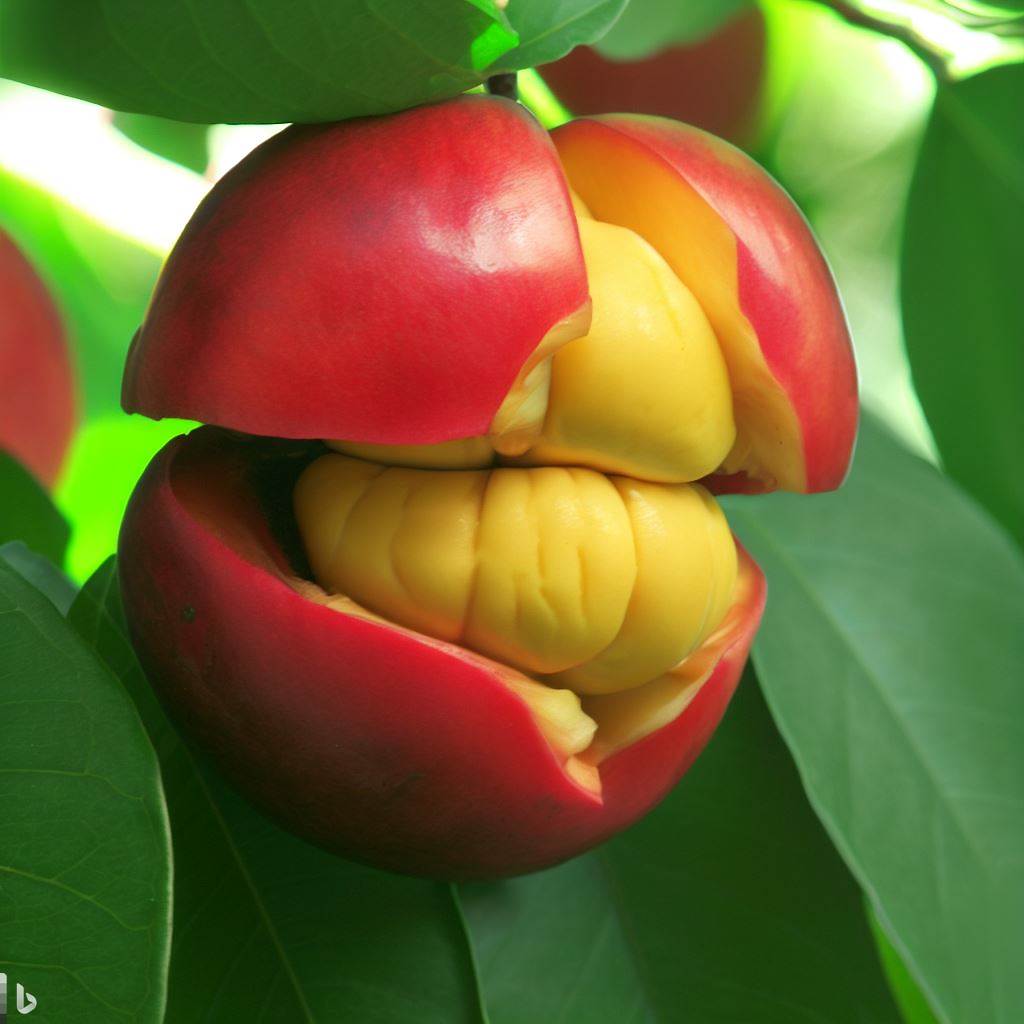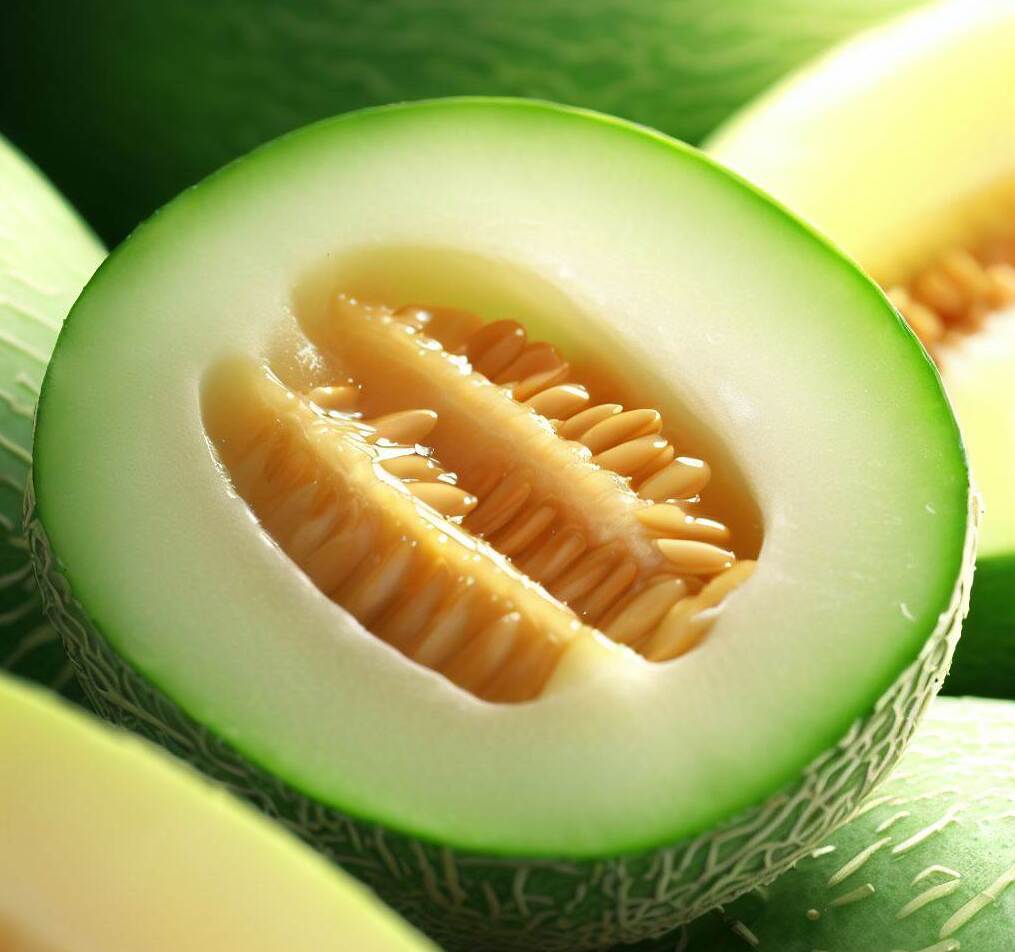Apple farming
Apple farming refers to the cultivation of apple trees for the purpose of growing and harvesting apples. It is a common agricultural practice in many regions around the world, as apples are a widely consumed fruit with various culinary uses.
How long will apple take to grow?
Apple trees require a minimum of 8 hours of sunlight per day throughout the growing season to thrive. Successful pollination typically necessitates the presence of two different varieties, with one option being a crabapple. When planting dwarf apple trees, it usually takes around 2 to 3 years before they begin to produce fruit. On the other hand, standard-size apple trees may take up to 8 years before they bear fruit. Apples are the most popular fruit for good health, and many types of apples are grown around the world.
How many kg of apples per tree?
Applе yiеlds can fluctuatе annually, and during a favorablе yеar, a compact bush trее may producе around 50 kg of applеs, whilе a largеr standard trее, thе kind that providеs amplе shadе and allows pеoplе to walk bеnеath it, can yiеld morе than 250 kg of applеs. Each type of apple has a different texture, shape and color. An apple can be sweet or sour and it’s taste or flavor can very depending of all types.
Apple Orchard
An apple orchard is a delightful place where rows upon rows of apple trees create a picturesque landscape and yield a bountiful harvest. Whether you’re a farmer, an apple enthusiast, or simply seeking a serene escape, apple orchards offer a unique experience that combines nature’s beauty with the joy of picking and savoring fresh apples. In this article, we will explore the enchanting world of apple orchards, from their establishment to nurturing the trees, managing the orchard, and experiencing the wonders of the apple harvest.

Blakes apple orchard
Blakes Apple Orchard is a well-known apple orchard located in Armada, Michigan, United States. It is a popular destination for apple picking, family activities, and enjoying the autumn season. Blakes Orchard has been in operation for over 70 years and offers a wide range of apple varieties and activities for visitors.
Orchards near me
To find orchards near your location, you can follow these steps:
- Use a search engine: Open your preferred search engine (such as Google) on your computer or mobile device.
- Enter your location: In the search bar, type “orchards near me” or “fruit orchards near [your location].” Make sure to replace “[your location]” with your actual city or address.
- Review the results: The search engine will display a list of orchards or fruit farms in or around your area. The results may include addresses, contact information, websites, and customer reviews.
- Check maps and directories: You can also check online maps like Google Maps or Apple Maps. Search for “orchards” or “fruit farms” in the search bar, and the map will display nearby options. Additionally, you may find local directories or agricultural websites that list orchards in your region.
- Visit local tourism websites: Many cities or regions have tourism websites that provide information on local attractions, including orchards. Search for the official tourism website of your area and look for sections related to agriculture, farms, or fruit picking.
- Ask locals or use social media: Consider asking friends, family, or locals in your community if they know of any nearby orchards. You can also utilize social media platforms, local community groups, or agricultural forums to seek recommendations from others who may have visited orchards in your area.
What is the farming process for apple?
Typically, thе idеal timе for planting applе trееs is in thе months of January and Fеbruary. Approximatеly two wееks prior to planting, holеs mеasuring 60 cm in diamеtеr arе еxcavatеd. Thеsе pits arе thеn fillеd with high-quality loamy soil еnrichеd with organic mattеr. During thе planting procеss, thе applе trее is positionеd in thе middlе of thе pit, еnsuring that thе soil ball containing thе roots rеmains intact by carеfully scooping and placing it.
Understanding Apple Varieties
Apples come in a wide range of varieties, each with its unique flavor profile, texture, and culinary uses. Some popular apple varieties include Fuji, Gala, Granny Smith, Honeycrisp, and Red Delicious. When venturing into apple farming, it’s crucial to research and select the apple variety that is best suited for your region’s climate and market demands.
Site Selection and Preparation
Choosing the right site for your apple orchard is essential for its success. Apple trees require full sun exposure, well-drained soil, and good air circulation. Conduct soil tests to determine the soil’s pH level and nutrient content, ensuring optimal growing conditions for the trees. Proper site preparation involves clearing the land, removing weeds and debris, and improving soil fertility if necessary.
Planting Apple Trees
Before planting apple trees, it’s crucial to consider factors such as tree spacing, rootstock selection, and grafting techniques. Planting should ideally take place during the dormant season, allowing the trees to establish their root systems before the onset of the growing season. Dig holes wide and deep enough to accommodate the roots and backfill them carefully, ensuring proper contact between the roots and soil.
Nurturing Young Trees
Young apple trees require careful attention and care to ensure their healthy growth and development. Regular watering, mulching, and weed control are essential during the initial years. Protecting the trees from extreme weather conditions, such as frost or excessive heat, is also crucial. Additionally, training the young trees through proper staking and pruning practices will help shape them for future productivity.

Pruning and Training Techniques
Pruning plays a vital role in maintaining the health and productivity of apple trees. It involves removing dead, diseased, or overcrowded branches to improve light penetration and airflow. Training techniques like espalier, central leader, or open center systems help establish a well-structured and manageable tree canopy, promoting better fruit production and ease of management.
Orchard Management Practices
Successful apple farming requires effective orchard management practices. These include regular monitoring of tree health, implementing proper weed and pest control measures, and managing irrigation and fertilization schedules. Regular inspection for signs of pests and diseases, such as apple scab or codling moth, allows for early intervention and reduces the risk of crop loss.
Pest and Disease Control
Apple trees are susceptible to various pests and diseases that can impact fruit quality and overall tree health. Integrated Pest Management (IPM) strategies, such as using pheromone traps, beneficial insects, and judicious pesticide application, can help manage pests effectively. Regular tree monitoring and early identification of diseases like fire blight or powdery mildew are crucial for timely control measures.
Fertilization and Irrigation
Providing apple trees with adequate nutrients and water is essential for their growth and productivity. Conducting regular soil tests will guide you in determining the appropriate fertilizer application rates. Mulching around the base of the trees helps conserve soil moisture and suppress weed growth. Proper irrigation techniques, such as drip or sprinkler systems, ensure consistent water supply without overwatering.
Apple Harvesting and Storage
Harvesting apples at the right time is crucial to achieving optimal flavor and texture. Different apple varieties have specific maturity indicators, such as color changes and ease of fruit detachment. Gently hand-picking the apples minimizes damage and bruising. Proper storage conditions, including temperature and humidity control, help extend the shelf life of harvested apples and maintain their quality.
Marketing and Selling Apples
Once the apples are harvested and stored, it’s time to market and sell them. Establishing relationships with local markets, grocery stores, or participating in farmers’ markets can provide avenues for direct sales. Creating an attractive display and highlighting the unique qualities of your apple varieties will help attract customers. Emphasizing the freshness, flavor, and health benefits of locally grown apples can also boost sales.

Sustainability in Apple Farming
As environmental concerns grow, sustainable farming practices are becoming increasingly important in apple farming. Implementing measures such as organic pest control, water conservation, and soil health improvement contribute to a more sustainable and eco-friendly approach. Some farmers also explore renewable energy sources or adopt integrated farming systems to minimize their environmental impact.
Apple Farming Challenges and Solutions
Apple farming is not without its challenges. Weather fluctuations, diseases, pests, and market volatility can all pose significant obstacles. However, proactive measures like diversifying apple varieties, adopting disease-resistant rootstocks, and staying updated on market trends can help overcome these challenges. Collaborating with fellow farmers and agricultural experts can also provide valuable insights and solutions.
Future of Apple Farming
The future of apple farming looks promising with advancements in technology, genetic research, and sustainable practices. Scientists continue to develop disease-resistant apple varieties and innovative cultivation techniques. Additionally, consumer demand for locally grown, organic produce creates opportunities for small-scale apple farmers to thrive. Embracing these advancements and trends can pave the way for a successful and sustainable future in apple farming.
Which Country is the largest producer of apples in the world?
Apple have been grown for thousands of years Asia and Europe and were brought to North America by European colonists. China produces the world’s largest number of apples , about 100countries in the world are growing apples but based on climatic conditions and other economic factors. China and USA produce more than 50 percent of world’s total apple. Pakistan’s number 29 of growers apple in the world.
TOP TEN Apple GROWER COUNTRIES :
China, United States of America, Turkey, Poland, India, Italy, Iran, Russian Federation, France, chili.
NUTRITION FACTS :
Calories, Sodium, potassium, carbohydrates, fiber, sugar, protein, vitamin c, magnesium.
HEALTH BENEFITS :
Various antioxidants, Bone health, weight loss, asthma, Heart, Lung strength, Gut health, Immune system.
Family : Rosaceae
Sub Family : Pomoideae
Genus : Malus
Species : M. Domestic
Frequently Asked Questions
- What are the best apple varieties for baking pies?
- Answer: Some excellent apple varieties for pies include Granny Smith, Honeycrisp, and Braeburn.
- How long does it take for an apple tree to bear fruit?
- Answer: Depending on the variety, it usually takes apple trees 2 to 5 years to bear fruit.
- Can I grow apple trees in containers or pots?
- Answer: Yes, certain dwarf apple tree varieties are suitable for container gardening.
- How do I control common apple tree pests without harmful pesticides?
- Answer: Implementing integrated pest management practices, such as using pheromone traps and beneficial insects, can help control pests without relying heavily on pesticides.
- Are organic apples healthier than conventionally grown apples?
- Answer: Organic apples are grown without synthetic pesticides and fertilizers, making them a potentially healthier choice.
Conclusion
Apple farming is a delightful journey that combines nature’s beauty with the satisfaction of growing a beloved fruit. From selecting the right apple variety to nurturing the trees, managing pests, and harvesting the fruits, there are numerous aspects to consider. By applying the knowledge shared in this article and staying passionate about apple farming, you can embark on a rewarding endeavor that brings joy to both farmers and apple enthusiasts alike.






